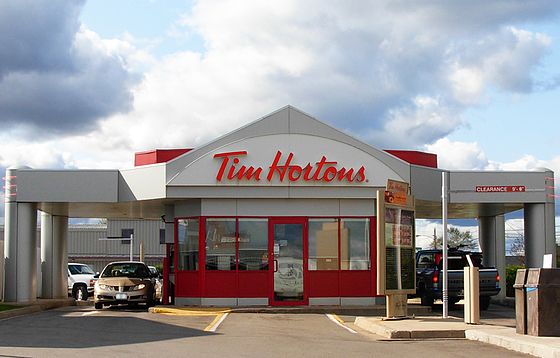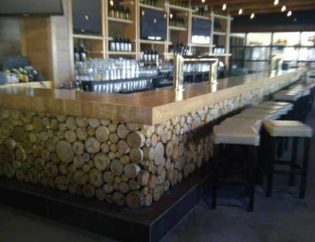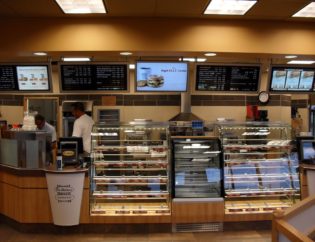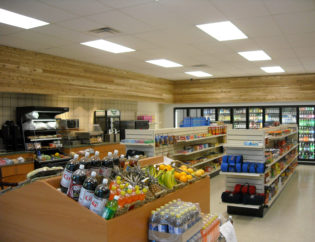
I want to build a restaurant, now what?
When you’re building your business plan, differentiation, competition, and marketing are essential to securing financing and creating your business’ roadmap. With nearly 1 million food-service operations in North America, and a large percentage of them failing in the first year, how you set your restaurant apart is essential to proper planning.
Who to Target?
As we all know, no single food-service operation appeals to everyone – focus on the 5-10% of the market that you can capture and don’t worry about the rest. According to Entrepreneur, Generation Y (born between 1980 and 2000, also know as millennials) is the prime target for restaurants; in particular, fast food or quick service. To attract Generation Xers (born between 1965 and 1980), Entrepreneur says to offer a “comfortable atmosphere that focuses on value and ambiance.” If you want Baby Boomers (born between 1946 and 1964) spending money in your establishment, go for high end, formal dining or family-friendly dining. Empty nesters (inbetween baby boomers and seniors) care about outstanding service and high quality food and less about price, whereas seniors (over 65) tend to have lower, fixed incomes and prefer places with seniors menus, lower prices and smaller portions.
Choosing a Concept
Part of your restaurant’s concept is the service style (quick-service, midscale, or upscale). You can also choose to offer limited service (customers order at the counter and then are served) or full service. A midscale restaurant tends to highlight value pricing whereas upscale restaurants focus on quality cuisine and ambiance. Entrepreneur says that concepts provide structure and set patron expectations; they offer familiarity. Popular restaurant concepts include steakhouses, seafood restaurants, family-style restaurants, casual-dining, ethnic restaurants (e.g. Italian, Chinese, Mexican), pizza joints, sandwich shops, coffee shops, and bakeries.
Carving Your Niche
Within each concept, restauranteurs must niche themselves to attract loyal patrons. Niches can include interesting hours (early bird or night owl), a particular style of cuisine (e.g. fried chicken, specialty sandwiches, or farm fresh), or atmosphere (creating a unique room that stands out from other restaurants in the same concept category). Ultimately, you want to select one or two areas based on your interests to carve your niche in the industry; you need to do something better than your competitors. A key aspect of determining your niche is a market analysis to assess who your competitors are and how to set your restaurant apart.
As experts in Alberta restaurant construction, Cormode & Dickson guides our clients through the restaurant building process from the business plan straight through to construction – we are with you every step of the way.





